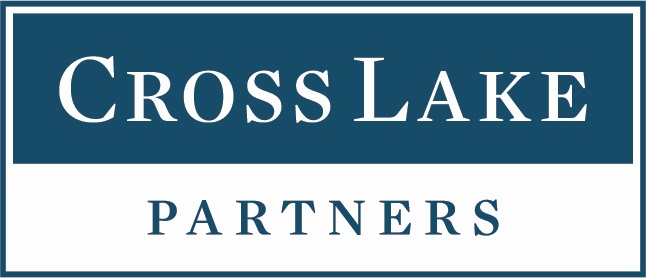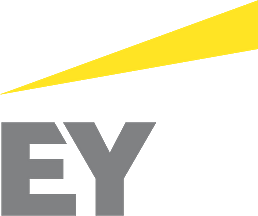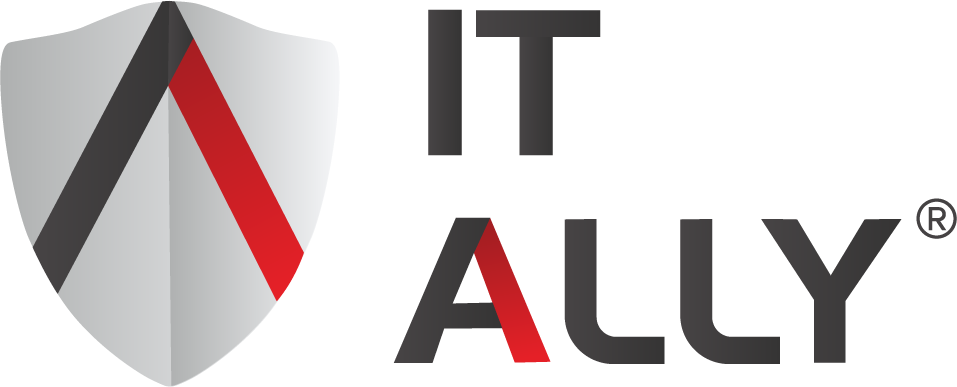Reduce M&A risks
Bring all the hard facts to your technology due diligence
“Too many private equity investors still view technology due diligence as a check-the-box exercise”
Bain, Is Your Tech Due Diligence Good Enough
The challenge
Acquiring companies means acquiring their software liabilities and opportunities. These can include IP exposures, security risks, and structural flaws, as well as ways to cut costs, increase efficiency and make the most of cloud. Gathering this intelligence is fundamental to valuation, yet too many transactions proceed without knowing what’s inside an acquisition’s black box. Traditional due diligence methods, such as interviews and surveys, treat assumptions like facts. After the deal, costs can spiral, undermining leadership’s plans and promises.
Enter CAST
CAST sources facts from source code. It scans applications, reverse-engineering their structures and revealing them in 3D maps. Weeks of due diligence are executed in days as hidden flaws are brought to light. CAST’s proprietary 25-year dataset, which tracks 50,000 relationship heuristics across 150+ programing languages, frameworks, and databases, provides unparalleled precision and depth in due diligence. Insights are presented using the global ISO 5055 standard, delivering accurate assessments of software resiliency, security, and efficiency.
“CAST has been a game changer in the way we do diligence in M&As”
Keith MacKay
Managing Director, EY
All the heart of due
diligence done by










One-week delivery
of high-fidelity assessments
Empirical findings
without developers
ISO 5055
applied to 150+ technologies
Expose component risks
- Composition: Generate a Software Bill of Materials encompassing proprietary, open-source, and third-party components for all dependencies.
- IP risks: Reveal legal exposures, security risks, and obsolescence in open-source code elements.

Construction risks
- Architectural flaws: Catch critical issues in application construction, required remediations, and calculation of the effort needed.
- Structural condition: Tour ISO 5055-based views of application reliability, security, efficiency, and maintainability.
- Benchmarks: Quantifiably application facets versus industry peers.

Hidden costs, hidden savings
- Technical debt: Calculate the costs expected for corrective maintenance based on OMG-ATDM specifications and the ISO 5055 standard.
- Cost savings: Identify opportunities for the acquirer by specifying ways to optimize software maintenance and infrastructure costs.

Future-readiness
- Cloud maturity: Document the blockers to cloud optimization, the estimated effort to remediate issues, and the best-fit cloud native service options.
- Green impact: Surface opportunities to change the code to reduce resource consumption and CO2 emissions.

How it works
- Choose light or deep assessment
- Point to target source code
- Receive report in a week
|
Light |
Deep |
||
| Composition | |||
| IP Risks | |||
| Cloud Maturity | |||
| Green Impact | |||
| Technical Debt | |||
| Cost Savings | |||
| Benchmarks | |||
| Structural Condition | |||
| Architectural Flaws | |||
| ISO 5055 Scores | |||
|
No source code access required |
Access to source code (on premise) required |
||
See for yourself
Sample report from an actual software assessment using CAST.
- Open-source related IP and legal risks. Cloud readiness status
- Insight into structural resiliency, security, efficiency, maintainability per ISO 5055
- Insight into architectural flaws and suggested remediation
- Post-deal value creation opportunities for faster knowledge transfer, integration, application modernization, and cloud migration
- Financial implications and recommendations









